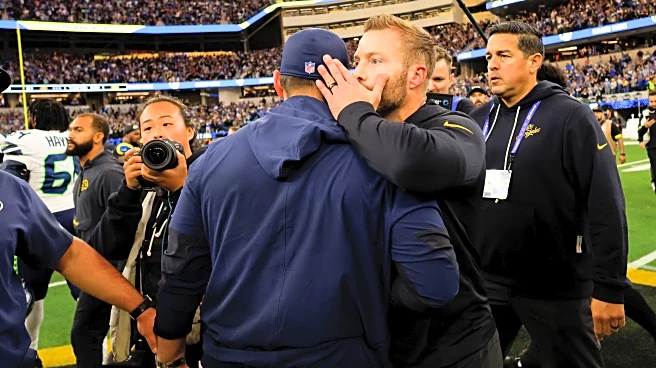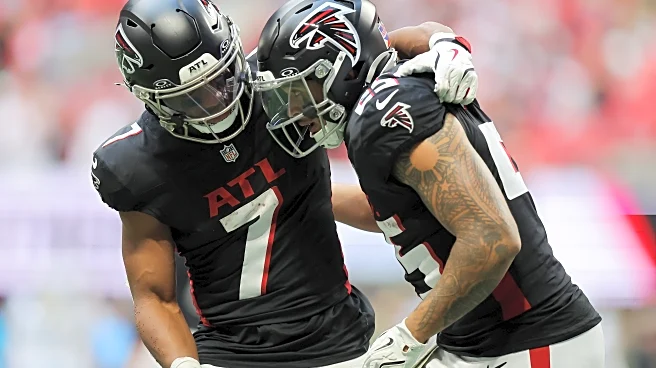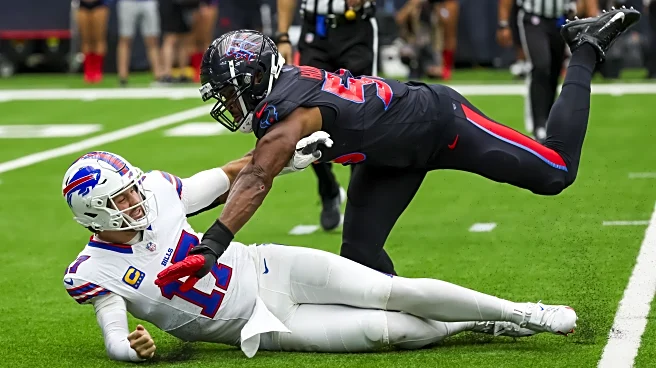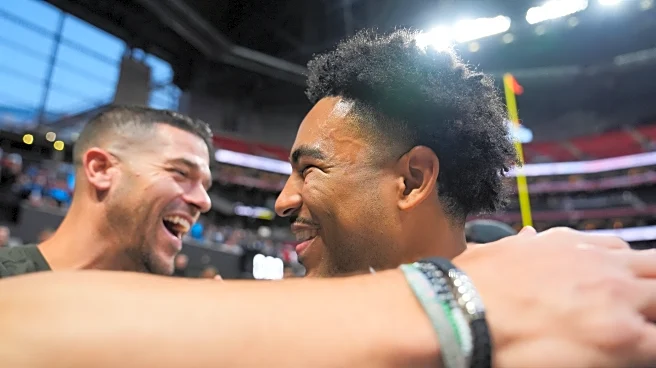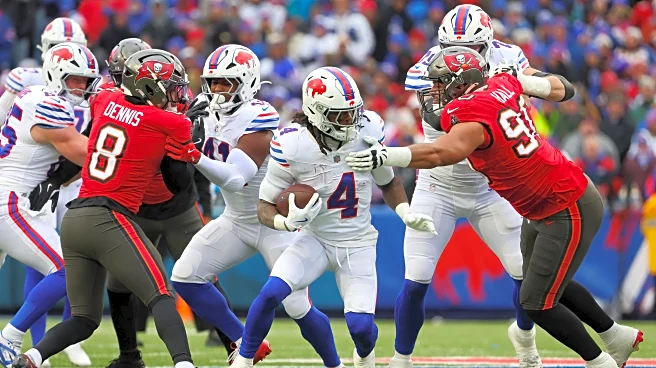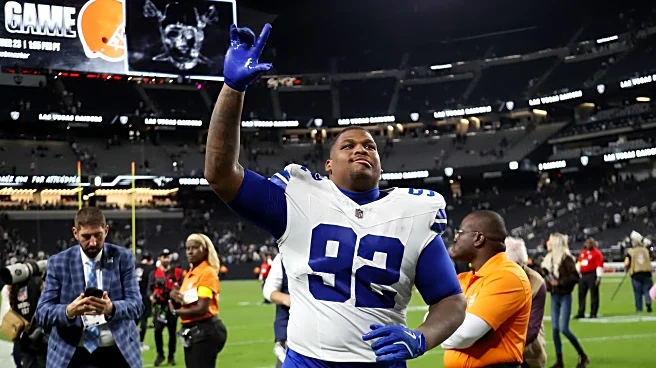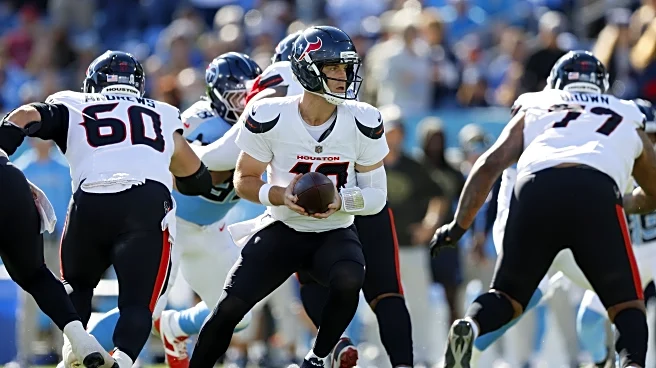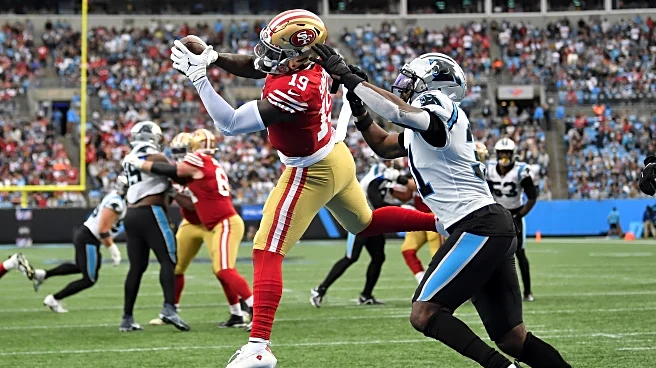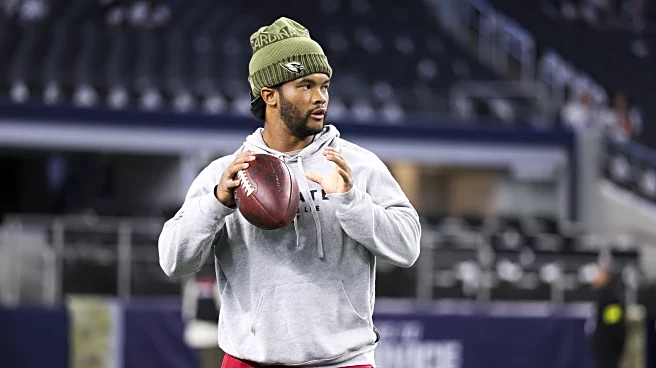I love to do this every now and then for both football and baseball. The general idea is that removing names is a purer way to look at numbers. We feel a certain way about players positively or negatively. There is nothing wrong with that, but those emotions often get in the way of dispassionate analysis. Granted, we are looking at quarterbacks here. We can throw in all of the numbers in the universe and still not capture everything that is going on.
We can divide analysis into two basic categories:
tangible evidence and intangible evidence. Tangibles are things we can measure. Yards, points, accuracy, and anything else that can be counted counts as a tangible. Intangibles are things that can’t be measured. We are talking leadership, clutch performance, and what some people call the “it” factor. I only concern myself with tangibles. So, we could prattle on about intangibles all day and they do matter, but since I can’t quantify it, I won’t try to measure it.
For our purposes, we will look at completion percentage, passing yards per game, rushing yards per game, total yards per game, touchdown passes, rushing touchdowns, total touchdowns, and interceptions. We are looking at the numbers for only the 2024 and 2025 season. I think most people will figure out who we are talking about, but we will keep it a secret until the end of the article.
QB A: 24 games. 61.7 PCT, 181.9 PYDS/G, 13.8 RYDS/G, 29 PTD, 7 RTD, 16 INT
QB B: 25 games, 64.2 PCT, 217.2 PYDS/G, 16.9 RYDS/G, 31 PTD, 0 RTD, 17 INT
What’s interesting is that when you combine rushing and passing, QB A comes out slightly ahead. He produced 36 total touchdowns in 24 games where QB B produced the 31 touchdowns in 25 games. If the name of the game is scoring points then the first quarterback has been better over the past two seasons. Of course, this is where we get to the whys and what fors. Before we get there, let’s take a look at what this looks like over a 17 game schedule.
QB A: 61.7 PCT, 3092 yards passing, 235 yards rushing, 21 TD passes, 5 rushing TD, 11 INT
QB B: 64.2 PCT, 3692 yards passing, 287 yards rushing, 21 TD passes, 0 rushing TD, 12 INT
It is a loaded question, but who would you rather have as your quarterback? At first blush, I would say they are pretty darn equal. If we added in some context here, we would point out that player A is 10-12 as a starter (he came off the bench twice) and player B is 13-12 in those 25 games. Both quarterbacks are essentially captaining .500 teams.
Revealing the Answer and context
Player A = Bryce Young
Player B = C.J. Stroud
Due to his rookie season, the narrative is that Stroud is a franchise quarterback and Young is not. I’d respectfully submit that the answer is not nearly that cut and dried. The Panthers have not been great, but when you remove the 2-0 record for Mills this season, the Texans have not been great either. Obviously, context means a lot and we will get there, but the very first lesson is that it takes three or four seasons to completely and thoroughly evaluate a rookie draft class.
I’d point out that the biggest key with evaluating young quarterbacks is to always look at their coaches and their supporting cast. We have seen numerous quarterbacks recently (Baker Mayfield, Sam Darnold, Daniel Jones, Matthew Stafford, et al) that looked better in subsequent stops than they looked in their first organization. An underperforming quarterback does not mean that the quarterback failed. It might be the case. It isn’t necessarily the case.
What we saw in Young’s rookie season is that he was held down by incompetent coaching and a lack of a surrounding cast. Even now, there may not be big names in Carolina, but the coaching has managed to lift them up and make them competitive. On the flip side, coaching has taken a back seat in the Texans case. They have gotten worse in that department and Stroud has stumbled because of it. He isn’t bad necessarily, but he just isn’t as good as he possibly could be.
Shifting the Focus
Articles like these usually focus on the question: what would have happened if the roles had been reversed? My quick answer is probably the same. In other words, Young would have been the darling of the NFL in 2023 and Stroud would have struggled. The last two years the role has reversed and it likely would have been the same with the two quarterbacks.
If we are looking at future contracts I’d simply point out that with both players putting up similar numbers, they are either both worth 60 million a season or neither are worth 60 million a season. I’d lean towards the later on that front. Both quarterbacks are system dependent. That’s not a bad thing. Most quarterbacks are system dependent. They both feel like a higher drafted version of Brock Purdy. Give them a good system and good players around them then they will look like franchise quarterbacks. Give them bad coaching and mediocre talent around them they will look mediocre.
Since we are Texans centric, I’d simply say that it is much more important that the Texans get offensive coordinator right than getting a Stroud contract right. They do not currently have it right. Nick Caley seems like a nice guy and he hasn’t been objectively terrible, but the offense isn’t any better and is worse in some respects. They need to keep trying until they get it right.



